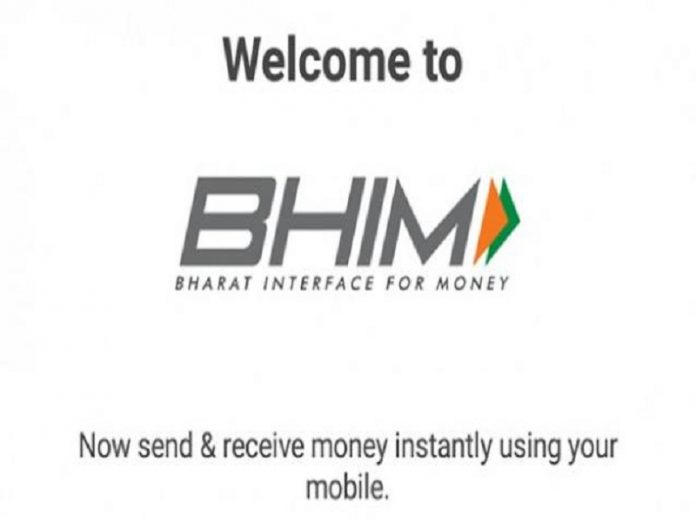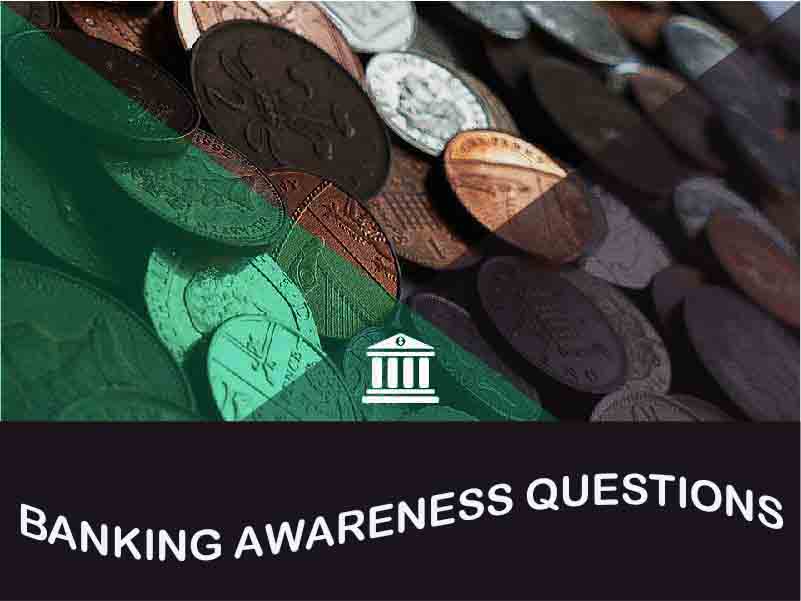BHIM App – Everything You need to know
Dear Friends,
The Bharat Interface for Money (BHIM) was rolled out by Prime Minister Narendra Modi on 30th December 2016, in an initiative to enable fast, secure and reliable cashless payments through mobile phones.
BHIM is inter-operable with other Unified Payment Interface (UPI) applications and bank accounts, and has been developed by the National Payments Corporation of India (NPCI).The app is currently available only on Android; so iOS, Windows mobile users etc are left out. BHIM is also supposed to support Aadhaar-based payments, where transactions will be possible just with a fingerprint impression, but that facility is yet to roll out.
The Android app is already available on the Google Play Store, and is downloadable at the link below:
https://play.google.com/store/apps/details?id=in.org.npci.upiapp
This seals the government’s push towards digital payments after the November 8 demonetisation that resulted in the scrapping of high-value Rs 1,000 and Rs 500 currency notes.
How to use BHIM app?
After downloading the BHIM app from the Play store, the user has to register his/her bank account and set up a UPI Pin for it. The user’s mobile number will become the payment address. Once registered, you can start transacting using the BHIM app.
How can I send or receive money using the BHIM app?
The user can send or receive money from friends, family and customers through a mobile number (payment address). The money can also be sent to non-UPI supported banks. This can be done using MMID and IFSC. The user can also collect money by sending a request and reverse payments if required.
How fast is a transaction over Bharat Interface for Money?
As fast as it can get! All payments over Bharat Interface for Money are linked to your bank account and transaction can be completed within few seconds.
Are there any charges for using Bharat Interface for Money?
There are no charges for making transaction through Bharat Interface for Money. Note – Your bank might however levy a nominal charge as UPI or IMPS transfer fee which is not under our control. Please check with your bank for more details.
Which banks are supported by BHIM app?
There’s a pretty comprehensive list of banks that are supporting BHIM app for UPI-based payments. The list includes Allahabad Bank, Andhra Bank, Axis Bank, Bank of Baroda, Bank of Maharashtra, Canara Bank, Catholic Syrian Bank, Central Bank of India, DCB Bank, Dena Bank, Federal Bank, HDFC Bank, ICICI Bank, IDBI Bank, IDFC Bank, Indian Bank, Indian Overseas Bank, IndusInd Bank, Karnataka Bank, Karur Vysya Bank, Kotak Mahindra Bank, Oriental Bank of Commerce, Punjab National Bank, RBL Bank, South Indian Bank, Standard Chartered Bank, State Bank of India, Syndicate Bank, Union Bank of India, United Bank of India, and Vijaya Bank.
The other things that can be done on this app once it’s downloaded on your phone are:
Check Balance: The user can check the bank balance and transaction details on the go.
Custom Payment Address: The user can create a custom payment address, in addition to their phone number.
QR Code: You can scan a QR code for faster entry of payment addresses and faster transaction speed. Merchants can easily print their QR Code for display, which other users can scan and transact through the app.
Transaction Limit: In a 24-hour cycle, a maximum transaction not exceeding Rs 10,000 is allowed as well as an upper limit of Rs 20,000 worth of transactions.
Languages: Currently, BHIM understands only English and Hindi. The NPCI says that more regional languages will be added soon.
























